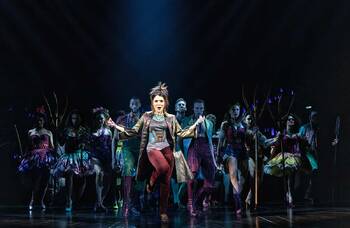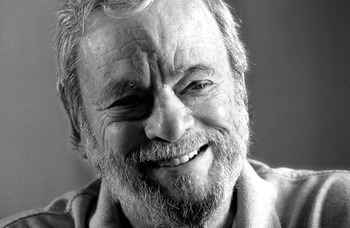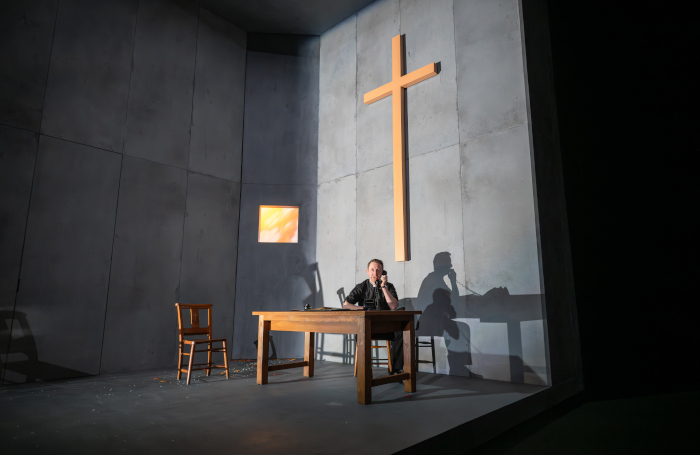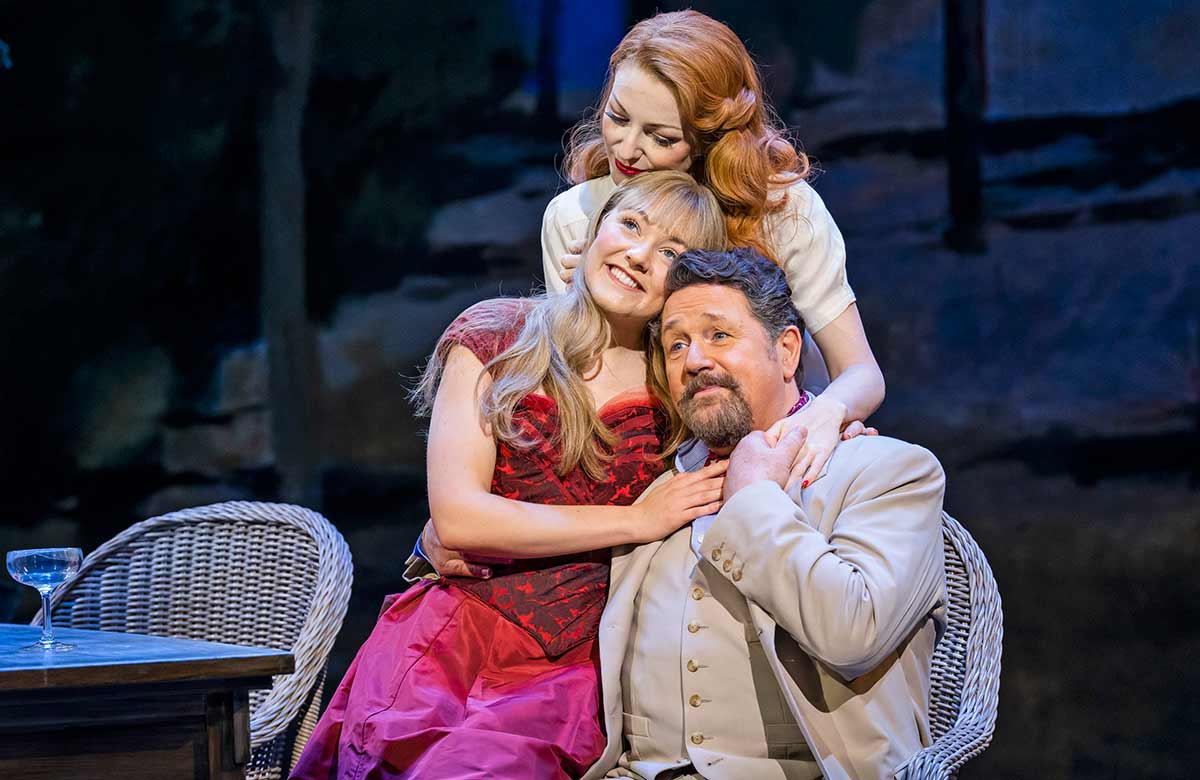Sweeney Todd: The Demon Barber of Fleet Street review
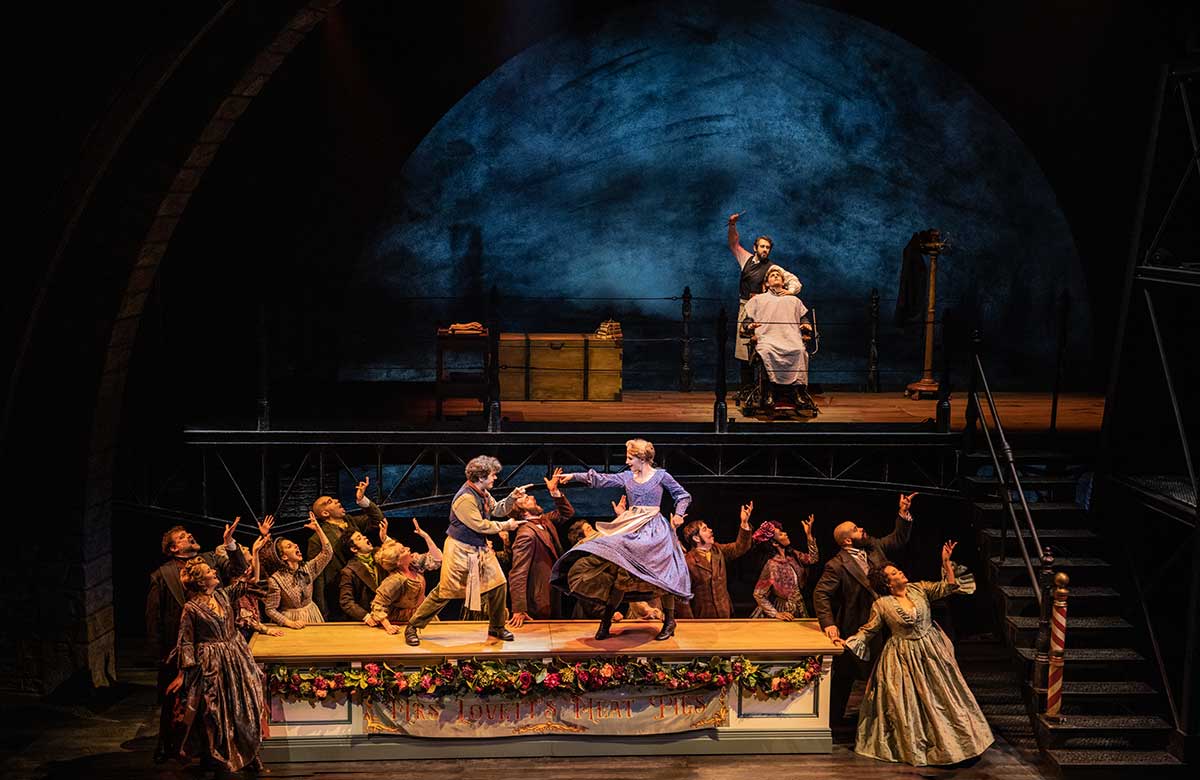
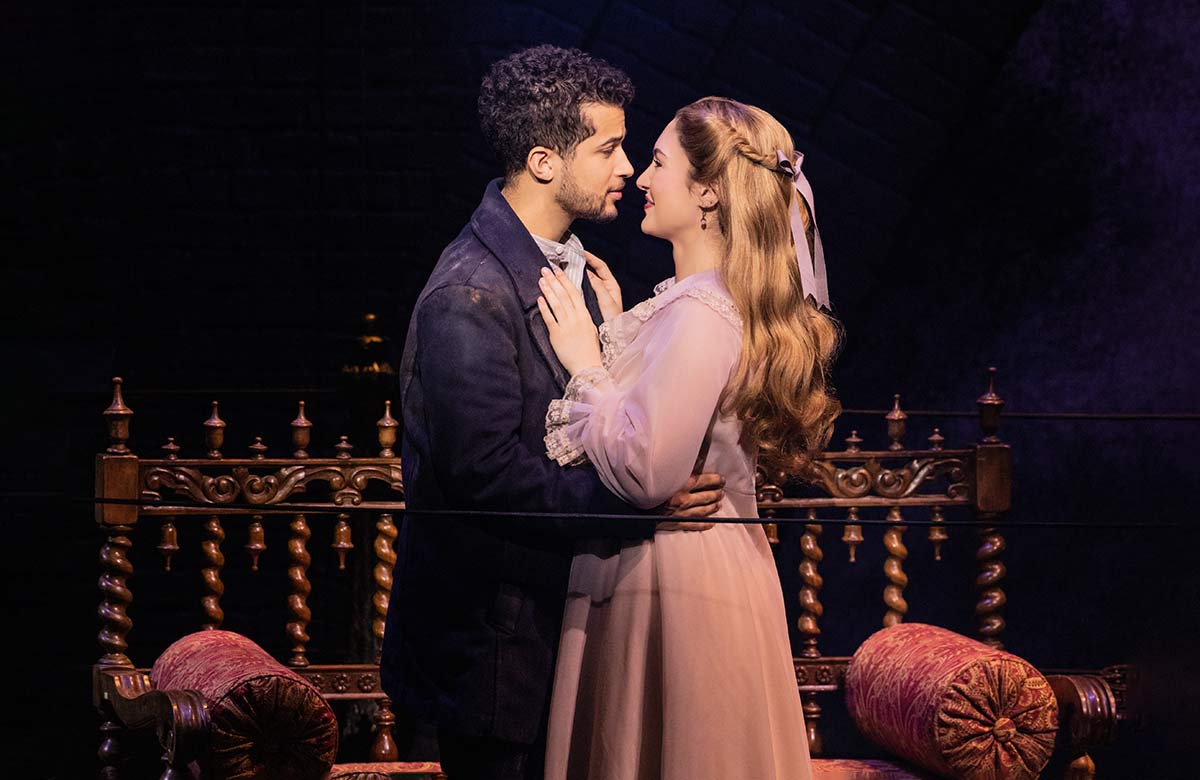
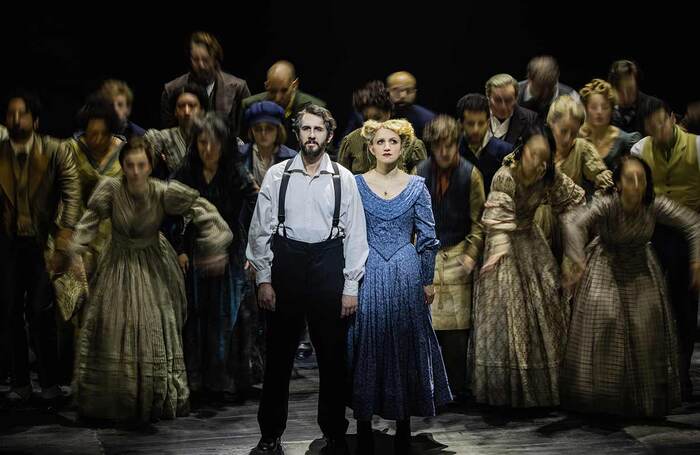
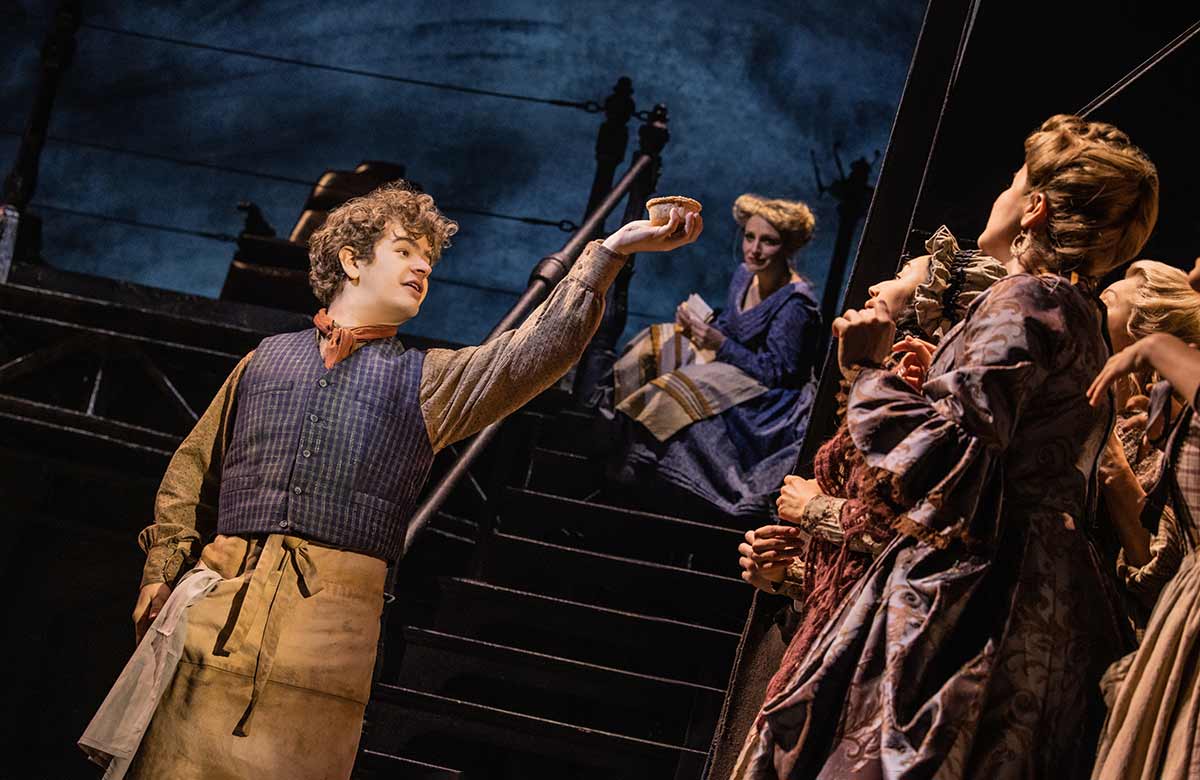




Large-scale revival offers the thrilling chance to hear Sondheim’s score in its full glory
After decades of reduced-scale stagings, Sweeney Todd: The Demon Barber of Fleet Street returns to New York with its full ensemble of actors and musicians. It is one of the greatest musicals ever written – Hugh Wheeler’s tightly plotted book is nearly equal to Stephen Sondheim’s intricate score – and this production marks a thrilling chance to witness its full glory.
In this maximalist revival by director Thomas Kail, emphasis is placed on situating Sondheim’s score in its dramatic context. Frequently, the score is asked to do all the heavy lifting to create an atmosphere when the physical trappings are limited. But here, Kail and collaborators have fashioned a chiaroscuro world where mystery lurks in every shadow.
The score feels birthed from that darkness, springing organically from the damp, Victorian brick of Mimi Lien’s hulking set. The lighting, by Natasha Katz, evokes a perpetual midnight with events caught isolated under streetlamps. Even the daylight has an ambery tint, like the flicker of a flame behind glass. Emilio Sosa’s costumes are believably aged in all the right places. In that weathering, the pieces contribute to the production’s sumptuous but decaying atmosphere.
Josh Groban brings his lush voice to the pained melodies of the titular role, singing with an anguished force that conveys Sweeney’s struggles. His clarity highlights the character’s singularity of purpose: to seek revenge on the men who destroyed his family. Groban makes a valiant effort to tap into Sweeney’s blind rage, but never quite reaches the terrifying level needed.
As Mrs Lovett, Annaleigh Ashford relies on broad physical comedy, often overshadowing the more subtle humour of Sondheim and Wheeler’s text. It feels as if she doesn’t trust the material to be funny on its own, so she employs various gags to ensure a laugh. She excels in the more dramatic moments, though: her Poor Thing and Wait show a clear understanding of the character’s motivations. Regarding her accent, though, the less said the better.
Continues...
Among the supporting roles, Gaten Matarazzo’s Not While I’m Around is as touching as it is chilling. Ruthie Ann Miles nails the vacillations between humour and pathos in the Beggar Woman, but she is not allowed her character’s full lullaby at the end of the show – a missed opportunity to give her more dimension. Jordan Fisher, as Anthony, is talented but miscast. His pop-tenor voice is at odds with the richness required of the music.
This revival, despite its minor flaws, has a lot to admire. Alex Lacamoire’s 26-piece orchestra is a novelty on Broadway and plays the score with respect and sensitivity while keeping it vital. “Attend the tale”, as the lyric goes, and hear it for yourself.
More Reviews
Recommended for you
More Reviews
Recommended for you
Most Read
Across The Stage this weekYour subscription helps ensure our journalism can continue
Invest in The Stage today with a subscription starting at just £7.99
